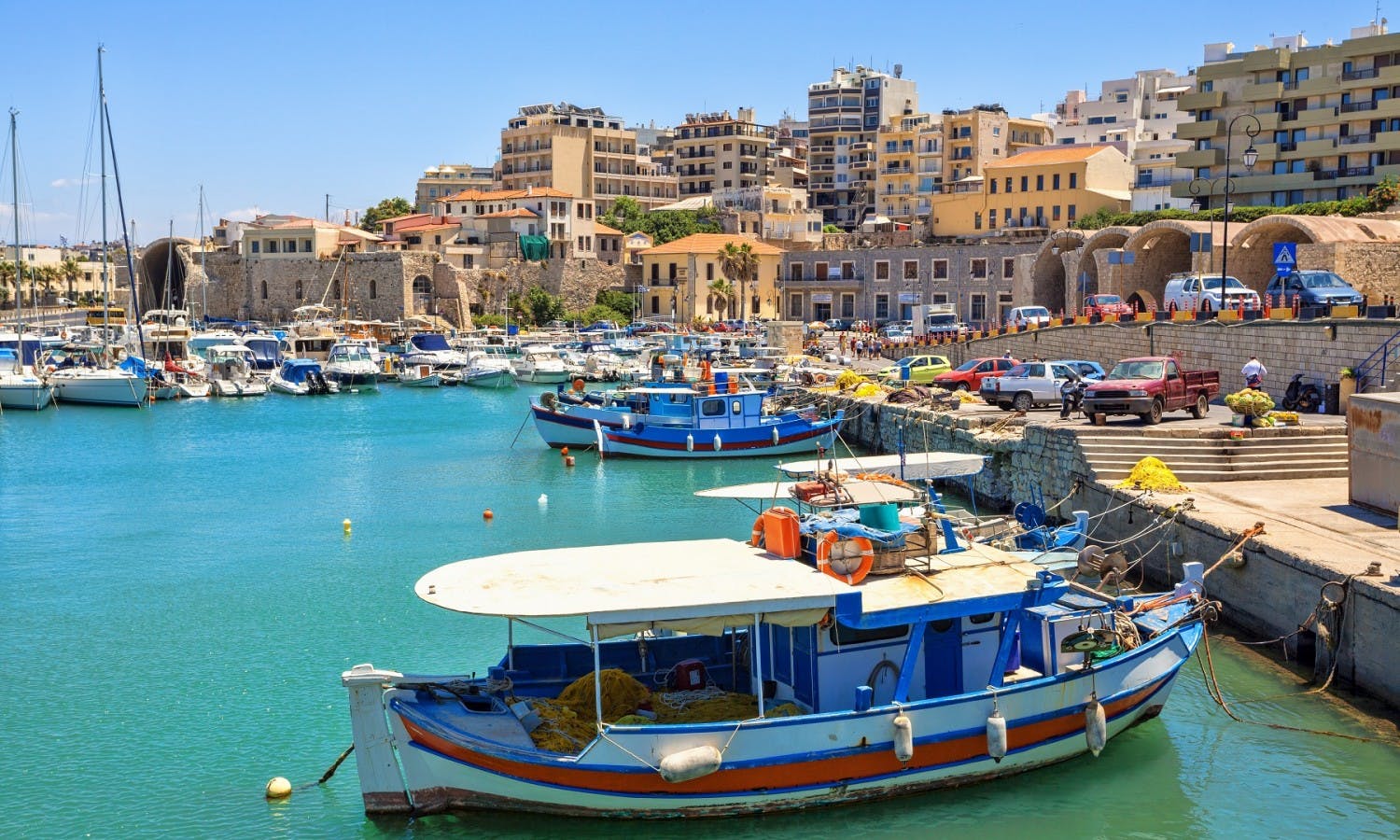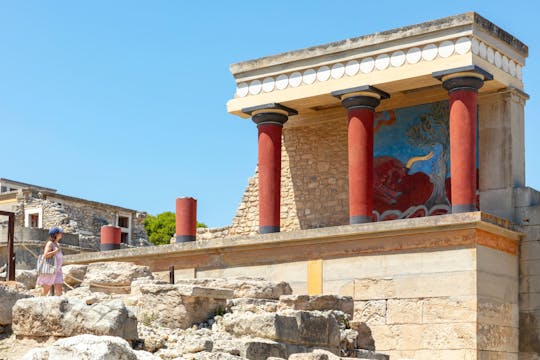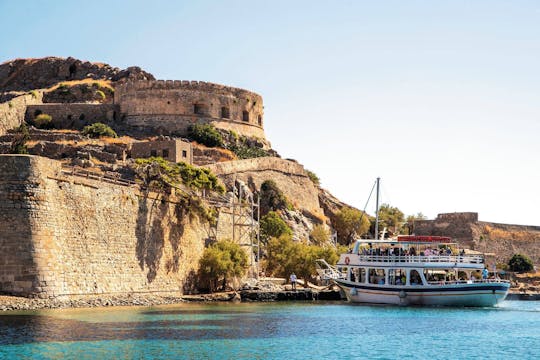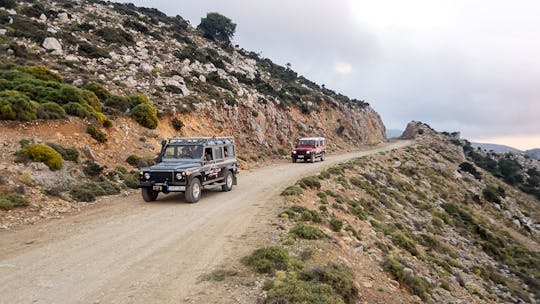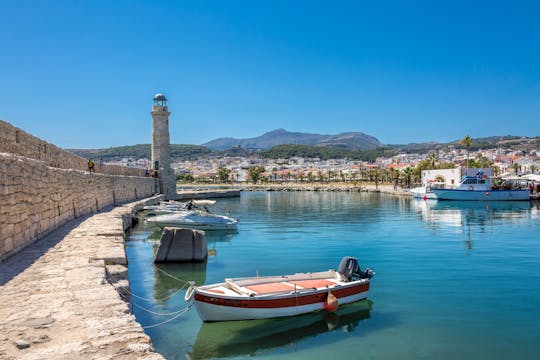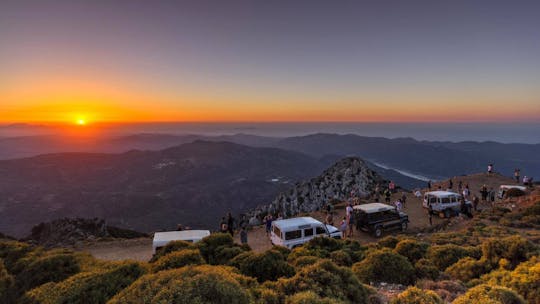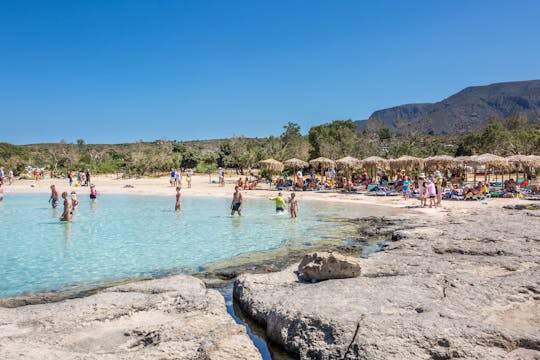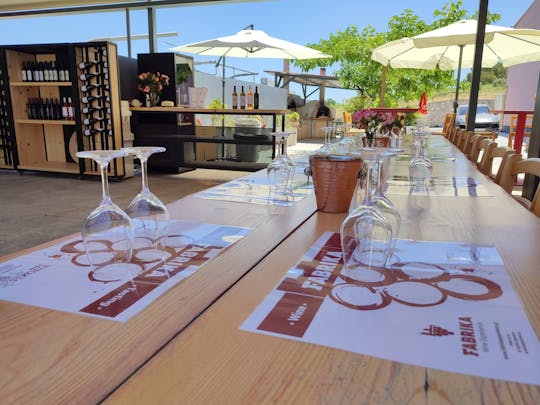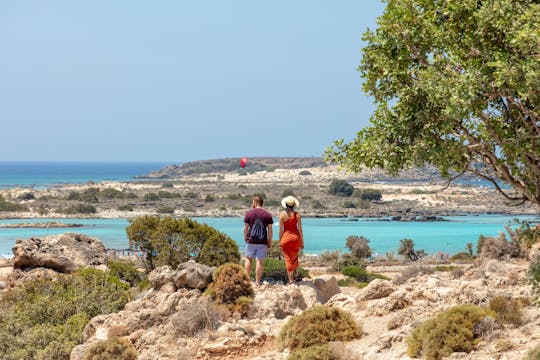Where to go
Greece
Things to do in Crete
Crete offers a diverse landscape with sunny beaches, gorges, rivers and rolling valleys dotted with rustic villages. Best seen by car or on a guided excursion, the mountainous inlands are definitely worth exploring, perhaps on a hike to discover one of Europe’s longest gorges. The beaches won’t disappoint, with their soft white sand and transparent waters. Perfect for snorkelling, kayaking and swimming, Crete is the ideal destination for relaxation and adventure alike. It also boasts a wealth of architectural and cultural treasures as well as a highly regarded herb-infused cuisine. Top six things to do in Crete: 1. Take a tour of Spinalonga A tour of Spinalonga is one of the most interesting things to do in Crete. This fortified islet, located in the Gulf of Elounda, has a long and turbulent history. Originally a Venetian outpost, it was later occupied by the Ottomans, but is most famous for housing a leper colony in the 20th century. Take a guided tour of the island, learn about its past, wander the cobbled streets, see the archaeological ruins of the Venetian castle and visit the school, hospital and church of the former leper colony. 2. Go on an off-road adventure An island with rugged hills, sprawling canyons and traditional mountain villages, Crete is an adventure seeker’s dream. Go off-road with an adrenaline-pumping 4x4 adventure to explore the island’s most rural parts and tick off plenty of must-sees on the way. Bump down dirt tracks, pass through remote villages, see ancient temples and stop for a swim at beaches only accessible by 4x4 to wash off the heat and dust from the day’s exertions. 3. Catch the ferry to another island There are many islets along off Crete that you can visit. On the south coast, Koufonisi and Chrissi are two uninhabited islands, where you can spend a wonderful day swimming in aquamarine seas and relaxing on the soft sands. The famous islet of Elafonisi draws beachgoers to the southwestern corner of Crete thanks to its pink-hued sands and glistening waters. While the island of Santorini, located north of Crete, is a popular day trip and usually involves a scenic tour taking in the whitewashed villages perched above its volcanic caldera. 4. Explore the ancient Palace of Knossos Knossos is the most important Bronze Age archaeological site on Crete. Once the political centre of Minoan civilisation, it is considered Europe’s oldest city. Knossos was inhabited for several thousand years, beginning with a Neolithic settlement sometime in seventh century BC, and was abandoned after the late Bronze Age. After an initial discovery excavation in 1878, the ruins were fully unearthed in 1990. Highlights include the restored frescoes, the ancient courtyards, soaring columns and the reconstructed Throne Room. 5. Visit the capital, Heraklion The island’s capital is full of history and attractions and is an ideal place to explore on foot. Heraklion’s Old Town is especially interesting and some of its most notable landmarks include the 16th century Koules Fortress, Jesus Gate and the Venetian city walls. The Heraklion Archaeological Museum in the centre of the city is also a must for history buffs and houses frescoes, pottery, jewellery, weapons and sculptures from Minoan civilisation. 6. Hike the Samaria Gorge The 16km-long Samaria Gorge is one of the longest in Europe and attracts hiking enthusiasts to its trails every summer. Located in a UNESCO Biosphere Reserve, the hike starts from the mountain village of Omalos and carves it way down through the countryside to the seaside village of Agia Roumeli. The trail is a must for adventure and nature lovers and takes in a variety of landscapes and wildlife. The walk can take from 4 to 6 hours, and an organised tour is highly recommended.
